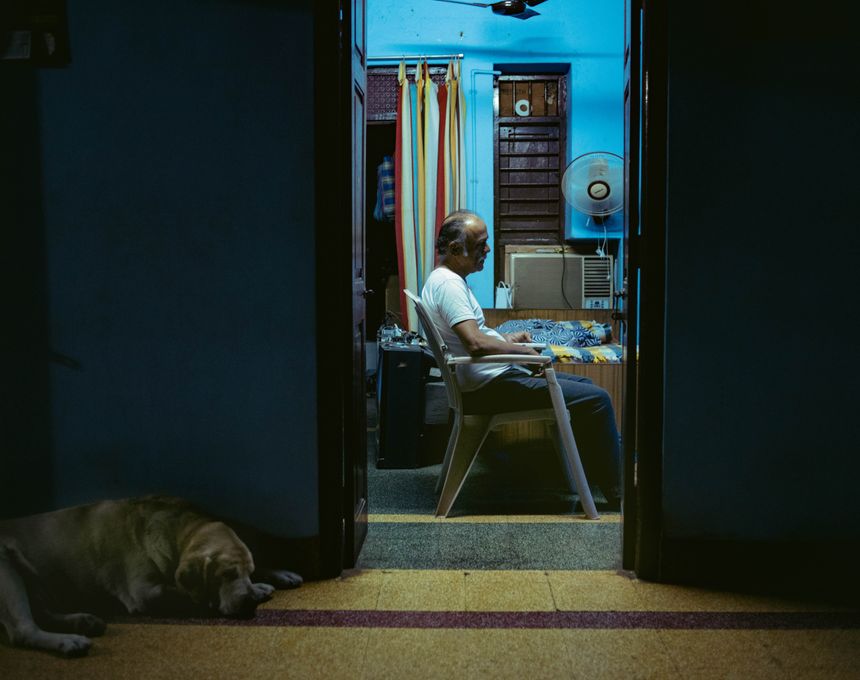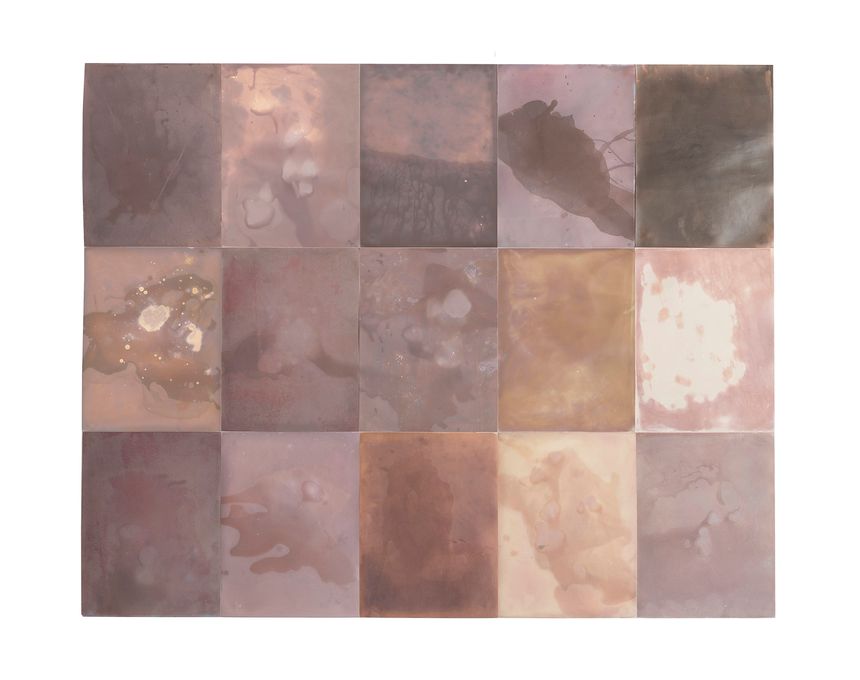Knife Fight City
-
Dates2010 - Ongoing
-
Author
- Topics Social Issues, Contemporary Issues, Documentary, Landscape
Knife Fight City: Life in a Giant Farm Labor Exploitation Camp
Knife Fight City explores a variety of American apartheid in Huron, poorest town in California, where an unacknowledged American peasantry slaves for industrialized agriculture.
I began photographing Huron in 1986, while tracing the origins of an ecological catastrophe 70 miles north of town at Kesterson Wildlife Refuge, where selenium-tainted irrigation runoff was causing migratory waterfowl to hatch with missing legs, deformed beaks, and brains where eyes should have been. Curious about the farming area that caused the ecological catastrophe, I drove south wondering if the ecological catastrophe had a social component.
Arriving in Huron, I sat on the sidewalk sipping a soda when a large police cruiser pulled up, the back door opened, and a voice from inside said “Get in.”
I remembered the three civil rights workers killed in Mississippi in 1964. Is this how it began? And thought: “This is either going to be the adventure of a life time or they are going to find my body three months from now when it snags on one of the strainers in the nearby California Aqueduct.”
Since then I have returned to Huron on hundreds of occasions.
Reporters never venture here. Politics are bloody – a mayor had his automobile shot up by an AK-47. A councilwoman’s home was bombed. Another mayor went to prison for drug sales and other crimes.
Every spring and fall when Huron produces 90 percent of the lettuce in the United States, the population expands from 6,000 to nearly 14,000. Most are single, transient undocumented workers who follow the lettuce circuit. They live in bushes, boxcars, and camps camouflaged by huge piles of tumbleweed.
Surrounding town is a multi-billion dollar, corporate farming empire controlled by Westlands Water District (WWD), which receives water under a federal water project (the Reclamation Act of 1902) originally designed to advance family farming by restricting land holdings to 160 acres. Huron is the antithesis of the settled, family-oriented landscape that the Reclamation Act was originally designed to create.
Huron doesn’t have a newspaper, Burger King, Little League, or Chamber of Commerce. Huron does have six labor camps, 14 bars, and three gangs, the Norteños and Bulldogs, who control the northeast and southwest corners of town and shoot one another on sight .
In Huron, I discovered a giant farm labor exploitation camp where poverty, fear, seasonal employment, waves of new immigrants, lack of stable institutions, oligarchy, and multiple layers of exploitation are compressed into an extreme example of what 350,000 farmworkers face in California every day – and 1.5 million farmworkers endure on farms from Washington to Florida.
The PMH award will allow me to conclude a 30 year-long, self-financed project by spending an entire year in Huron. During this time I will not only photograph but also complete oral interviews and historical research.
By unveiling the horrors of Huron, I hope to impress upon the public a picture of the West Coast equivalent of Appalachian poverty, only with grapes and roses.

























